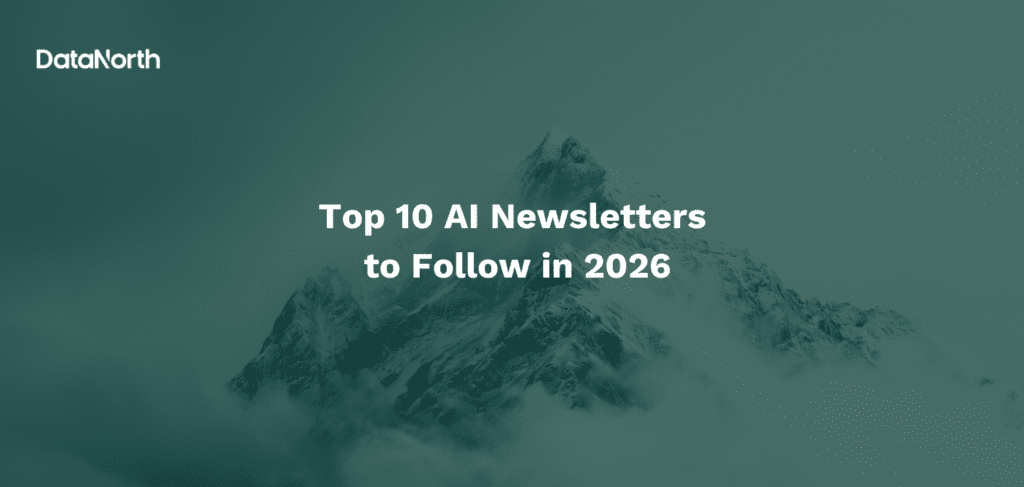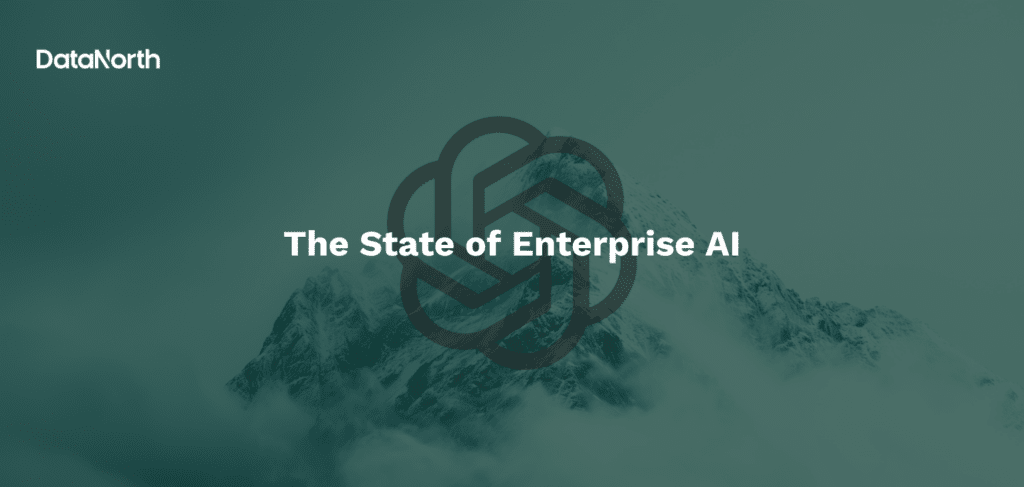In 2010 Eric Schmidt, Executive Chairman at Google, famously quoted: ‘There were 5 exabytes of information created between the dawn of civilization through 2003 but that much information is now created every two days.’
And now, the time we need to generate 5 exabytes of data is reduced even further. In 2021, the same amount was created every 40 minutes, according to Datacamp. This shows the fast-pacing development of data in our society.
In today’s world we deal with data everyday, in our personal lives and at work. Everything we collect is data, from sports statistics to contact info and from images to sales numbers. One of the drivers behind the fast-changing world of data is Data Science.
Today we will discuss Data Science Best Practices for your business.
What is Data Science?
Data Science is a field that combines data with scientific methods and algorithms. This leads to valuable and relevant insights, which you can use to make better-informed decisions and optimize your business operations.
The world of Data Science is always evolving and AI is the next big thing. A recent major development is the increase in organizations that are adopting AI as a service. The possibilities for AIaaS are endless, it ranges from a chatbot for internal conversations to a model that optimizes inventory.
Data Science is a fast growing field, but what does that mean to you or your business? We’ll explore the Top 8 Best Practices of Data Science.
What are the best practices for Data Science?
Data Science can make a tremendous impact on businesses. According to Exploding Topics data technologies like AI can increase business efficiency, potentially saving 2.5 hours per employee per day, which can be spent on other tasks.
It can be a challenge when you want to implement Data Science into your own business. So here is a list of Best Practices for Data Science.
1. Set clear goals & objectives
The most important best practice for data science is setting clear goals and objectives. A data project without a clear goal is like a ship without a compass. You have to set goals in order to determine the direction. To start off with your project you need a clear problem statement. It’s important that you know what you want to achieve or solve with your project.
By setting clear goals you give your team a certain roadmap. With this roadmap they know where they should focus on. Your team is now able to purposefully analyze your data, which leads to more valuable and relevant insights.
2. Collect & understand your data
Before you start with creating your Data Science model a best practice is to understand your data. There are a few things that are important to know:
- What data do you need?
- What data do you currently have?
- And what are the quality, relevance, and availability of your data?
When you are able to answer these questions, you have a significant basis to your model. With high-quality, well-prepared data your model can provide you with accurate insights. And because you understand your data you can rely on your model.
3. Create a data science team
Just like you need marketeers for your marketing team, you need data scientists for your data science team. To build an effective team you need professionals with different profiles. A balanced team consists of Data Scientists, Business Analysts, and a team leader.
A cross-functional or interdisciplinary team can deliver more valuable insights than a team of all-rounders. But to form that team can be a challenge. If you don’t have the resources yourself you should consider outsourcing or consulting data experts. Our data experts can help you with a customized AI solution.
4. Invest in tools and infrastructure
Your Data Scientists need tools to analyze and interpret the data. The tools may depend on your scientists so you should discuss this with your team. Some Scientists prefer visualization tools like Tableau and others like programming language tools like Python.
Without a proper infrastructure your Data Scientists won’t be able to work efficiently.
A best practice data science infrastructure should consist of the right amount of data storage. Moreover, you should think about the online environment and the correct metrics/KPIs. By selecting the right tools and infrastructure you improve the process of collecting, storing, and managing data.
5. Use the agile approach
In short, the best practice for data science projects is to work with the Agile approach. This means you break your project into sprints of 2-3 weeks. At the end of each sprint you have a sprint review. At this review your team can present results and plan ahead for the next sprint.
The Agile Approach has multiple benefits. It ensures consistent progress, while also improving project management and collaboration. By doing the sprints you maintain control over the project’s scope. On top of that you also reduce uncertainty and risks for your stakeholders because they get updated every two weeks.
6. Pay attention to ethics & rules
Data Privacy and Security are important parts of Data Science. In some cases you might deal with potentially sensitive data, so best practice is that you should handle it with care. You can do this by paying attention to the rules and regulations of Data Collection and Storage. Moreover, you should be aware of potential biases in data models.
Data Ethics are important, not following these rules can seriously affect your reputation and credibility. It is important to consider the potential impact your data might have on society. By paying attention to the ethics and rules you prevent potentially harming others.
7. Encourage sharing knowledge in your business
Communication is key in every organization. This also counts for Data Science. The Data Scientists should communicate and discuss with other relevant departments. Discussing the insights will lead to better informed decision-making.
The majority of the stakeholders will only understand business language. So it’s important to keep these discussions in business language instead of code language. This will lead to a better understanding and thus better decision making.
8. Stay up to date with Data Science and your models
The world of Data Science is continuously evolving. You should keep track of the newest advancements. Especially your Data Scientists should be on top of innovations and new skills in the field. Additionally, you should stay up to date with the ever-changing needs of your customers.
As your business evolves, you probably need to adjust your models too. By continuously maintaining and monitoring your models you can make quick and adequate adjustments. Continuous improvement is needed to keep up with the constantly changing world of Data Science and customer preferences.
These 8 Best Practices can help you with your Data Science challenges. Implementing Data Science will eventually save time and money for your business.
Since the world of data is evolving at a rapid pace you should act now. As we learned from previous tech trends: It’s easier to jump on the trend right away than to catch up later. So start now!
Get started with Data Science for your business
Sounds like a lot of work? Or not sure where to start? We’ve got you covered. At DataNorth we provide Data Science consultancy services. We help businesses grow by providing solutions customized to their needs and operations.
With DataNorth’s AI Assessments we can help you identify Data Science opportunities in your organization. And with our customized AI solutions you will get a Data Science model tailored to your needs. We will help you navigate through the fast changing world of Data Science.
Are you ready to start our journey together? You can get in touch with us right here.






